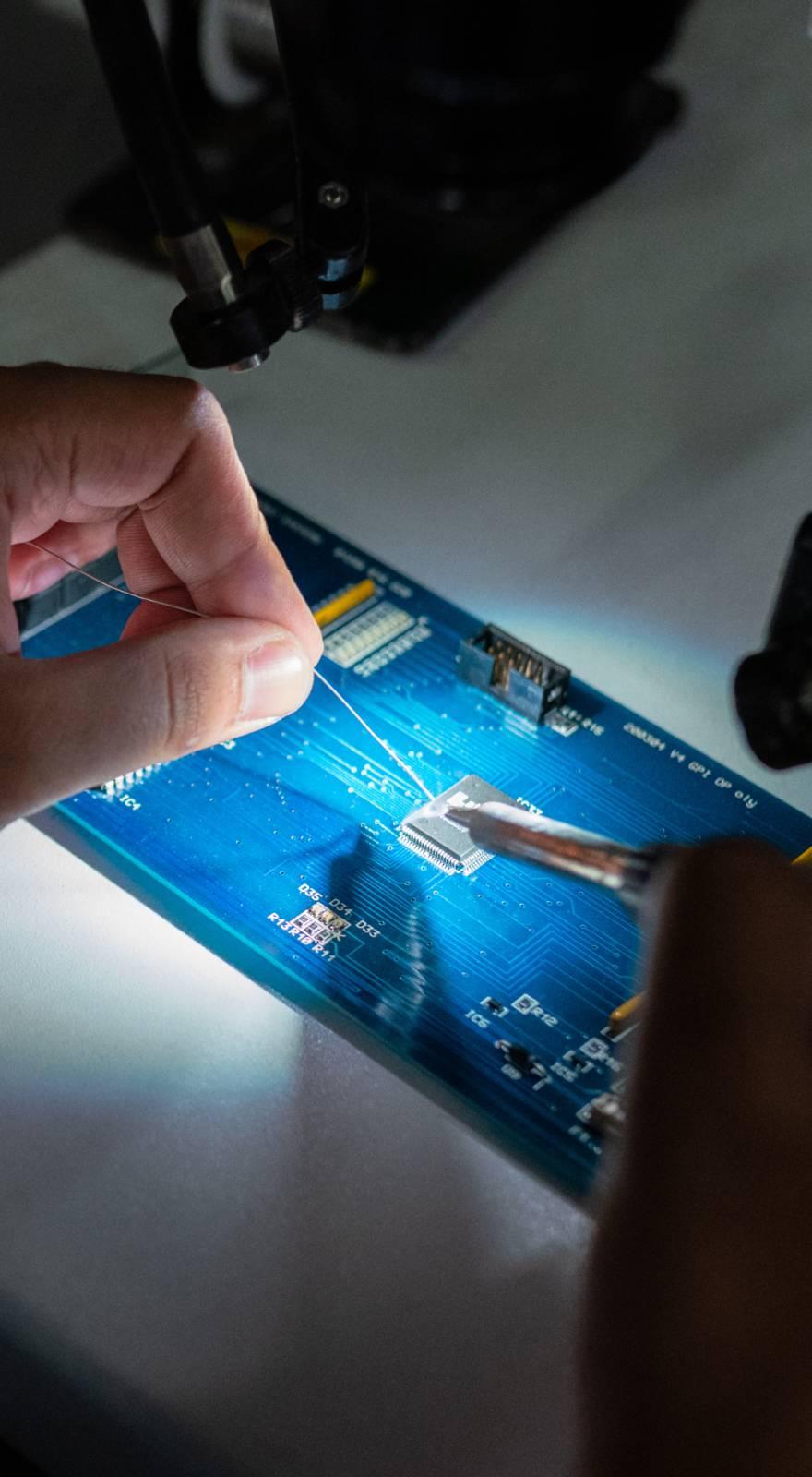Knowde Enhanced TDS
Identification & Functionality
- Polymer Name
- Technologies
- Product Families
Features & Benefits
- Materials Features
- Product Characteristics
- Economic
- Reusable
- Food approved
- Easily processable
- Washable
- Insulating
- High rigidity
- Sterilisable
- Shockproof
- Strong and durable
- Good rupture and tear resistance
- Possible to laminate
- Dust and fiber free
- Ecological
- Water and moisture resistant
- Good chemical resistance
- High compression strength
- Light-weight
- Soundproof
- Smooth top and bottom layer
- Product Highlights
- Triacell® is an extruded polypropylene sheet consisting of 3 layers. The central layer is a cell structured layer. The top and bottom layers are 2 smooth layers. The cell structure is the core of this sheet. This gives Triacell® its principal characteristics: a high rigidity and a high compression strength, combined with a light weight.
- The smooth upper and lower layer make this sheet perfectly suitable for printing. The possibility to laminate this sheet enlarges the applications.
- Triacell® can be processed into packaging, layer pads, product dividers.

Applications & Uses
- Markets
- Plastics & Elastomers Processing Methods
- Possible Processing
- Cutting
- Die cutting
- Welding
- Bonding
- Sterilizing
- Recycling
- Printing
- Possible Treatments
- Flame retardant
- UV stabilizer
- Antistatic
- Corona treatment
- Applications
Protective packaging, container sleeves, construction applications, displays, pallet protection, floor and wall panels (exhibition stands), boxes, dividers, covering of cargo spaces.
Properties
- Mechanical Properties
- Physical Properties
- Thermal Properties
- Electrical Properties
| Value | Units | Test Method / Conditions | |
| Compresaion Resistance (at 1000N, 2,4mm/450g) | max. 30 | N/cm² | External Lab |
| Compresaion Resistance (at 1000N, 2,7mm/600g) | max. 30 | N/cm² | External Lab |
| Compresaion Resistance (at 1000N, 3,4mm/900g) | max. 20 | N/cm² | External Lab |
| Compresaion Resistance (at 1000N, 5,7mm/1600g) | max. 15 | N/cm² | External Lab |
| Flexural Break Resistance (2,4mm/450g) | 3,75 | N/mm² | ISO 178 |
| Flexural Break Resistance (2,7mm/600g) | 3.2 | N/mm² | ISO 178 |
| Flexural Break Resistance (3,4mm/900g) | 8.28 | N/mm² | ISO 178 |
| Flexural Break Resistance (5,7mm/1600g) | 27.4 | N/mm² | ISO 178 |
| Flexural Modulus | 1350 | MPa | ISO 178 |
| Impact Resistance (2,4mm/450g) | No Effect max. 0.30m | — | Falling Dart Drop |
| Impact Resistance (2,7mm/600g ) | No Effect max. 0.40m | — | Falling Dart Drop |
| Impact Resistance (3,4mm/900g) | No Effect max. 0.80m | — | Falling Dart Drop |
| Impact Resistance (5,7mm/1600g) | No Effect max. 1.00m | — | Falling Dart Drop |
| Impact Strength Izod (-20°C) | 0 - 6 | kJ/m² | ISO 180 |
| Impact Strength Izod (23°C) | 5 - 25 | kJ/m² | ISO 180 |
| Tensile Strength (50 Mm/Min) | 27-33 | MPa | ISO 527-2 |
| Value | Units | Test Method / Conditions | |
| Specific Gravity | 0.907 | g/cm³ | ISO 1183 |
| Water Absorption | 0.02 | % | ISO 62 |
| Value | Units | Test Method / Conditions | |
| Coefficient of Linear Expansion | 0.18 | mm/m°C | ASTMD696 |
| Heat Deflection Temp. (0,46 Mpa) | 78 | °C | ISO 75 |
| Heat Deflection Temp. (1,82 Mpa) | 52 | °C | ISO 75 |
| Specific Heat | 1.68 | J/g°C | DSC |
| Vicat Softening Point (1 Kg, 10N) | 148 | °C | ISO 306 |
| Vicat Softening Point (5 Kg, 50N) | 78 | °C | ISO 306 |
| Value | Units | Test Method / Conditions | |
| Dielectric Constant (At 1 Mhz) | 2.25 | — | ASTMD150 |
| Dielectric Strength (500V/Sec) | 70 | kV/mm | ASTMD149 |
| Dissipation Factor (Tgd At 1Mhz) | max. 5 x 10^-4 | — | ASTMD150 |
| Surface Resistivity | Ca. 10^13 | Ω | ASTMD257 |

